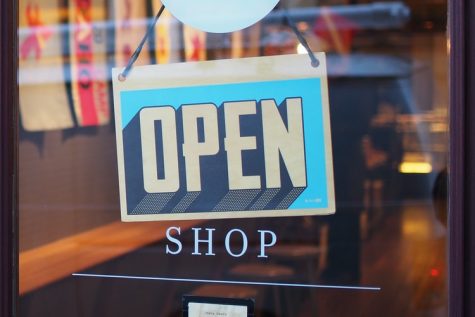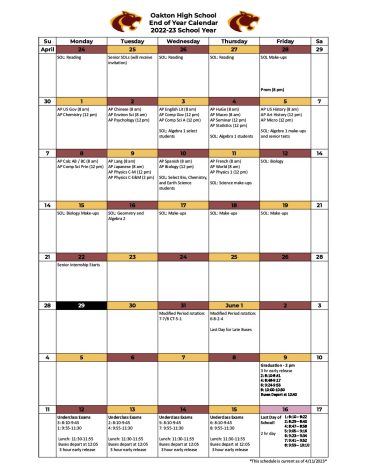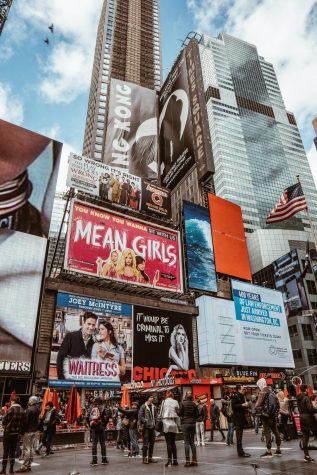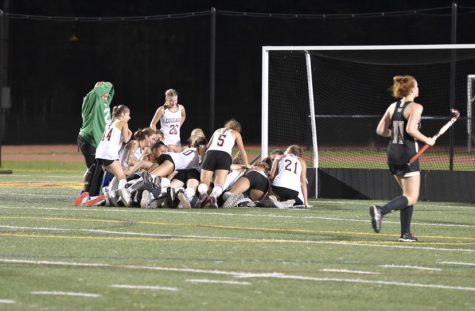Small Business, Big Pandemic
How locally-owned stores are getting by

Image courtesy of Mike Petrucci on Unsplash
The start of COVID-19 saw a multitude of closures, from schools to workplaces, sweep through America, and no industry was hit harder than small businesses. These local businesses, so long acting as the lifeblood of social activity on the streets they inhabited, were forced to close their doors to the public and implement strong restrictions on those that could enter. From bookstores to bakeries, shop owners shifted to a contactless model of delivery and pick-up in an effort to follow COVID guidelines while also generating revenue. For consumers, this usually meant donning a face mask and maintaining a six-foot distance between others when shopping. For small business workers, however, the process of making their workplaces COVID-safe was a long and arduous one.
First and most pressing was the issue of operating safely. With tens of thousands of people infected daily and the death toll rising, the task of preserving a workspace became a unique one. Gilly Jarrard (12), a worker of two and a half years at the River Sea Chocolate factory, detailed the process: “It’s definitely been weird, we’ve had to make a lot of adjustments like how many people can work at once and how many events we can have. Since we work with food we’ve always been careful about sanitation but now we have to take extra measures.”
In many instances, the battle that small businesses have waged against COVID has been one of closed-off areas and half-compromises with their customers. “We had to close down our cafe and retail area for a while,” Gilly said, “because we didn’t want any traffic/clustering of people in the store. So that affected sales a little but we got a huge amount of people ordering online, especially around the holidays.”
Emptying a previously busy establishment is easier said than done, however, when considering the impact it will have on business. Taking additional health precautions has been especially difficult on restaurants, which might have previously gotten so much of their revenue from in-person service. Shannon O’Neill (12), who has been working at Tony’s NY Pizza since July, explained that “it was pretty hard on us at first, but then once we started doing delivery we had booming business. Carry-out is pretty busy but people sitting in has become really rare and so that aspect has been especially hard to make money from.”
As the pandemic draws on and Virginia residents continue to find themselves confined to their homes, small businesses will have to evolve with whatever comes their way. It will take a supportive local community, strong safety precautions, and the work of a dedicated staff to get them through this difficult time.
Hi, I'm Charlie! I'm a senior at Oakton, and I'm so excited to be an editor for my second year in journalism. My writing in journalism is mostly A&E,...






